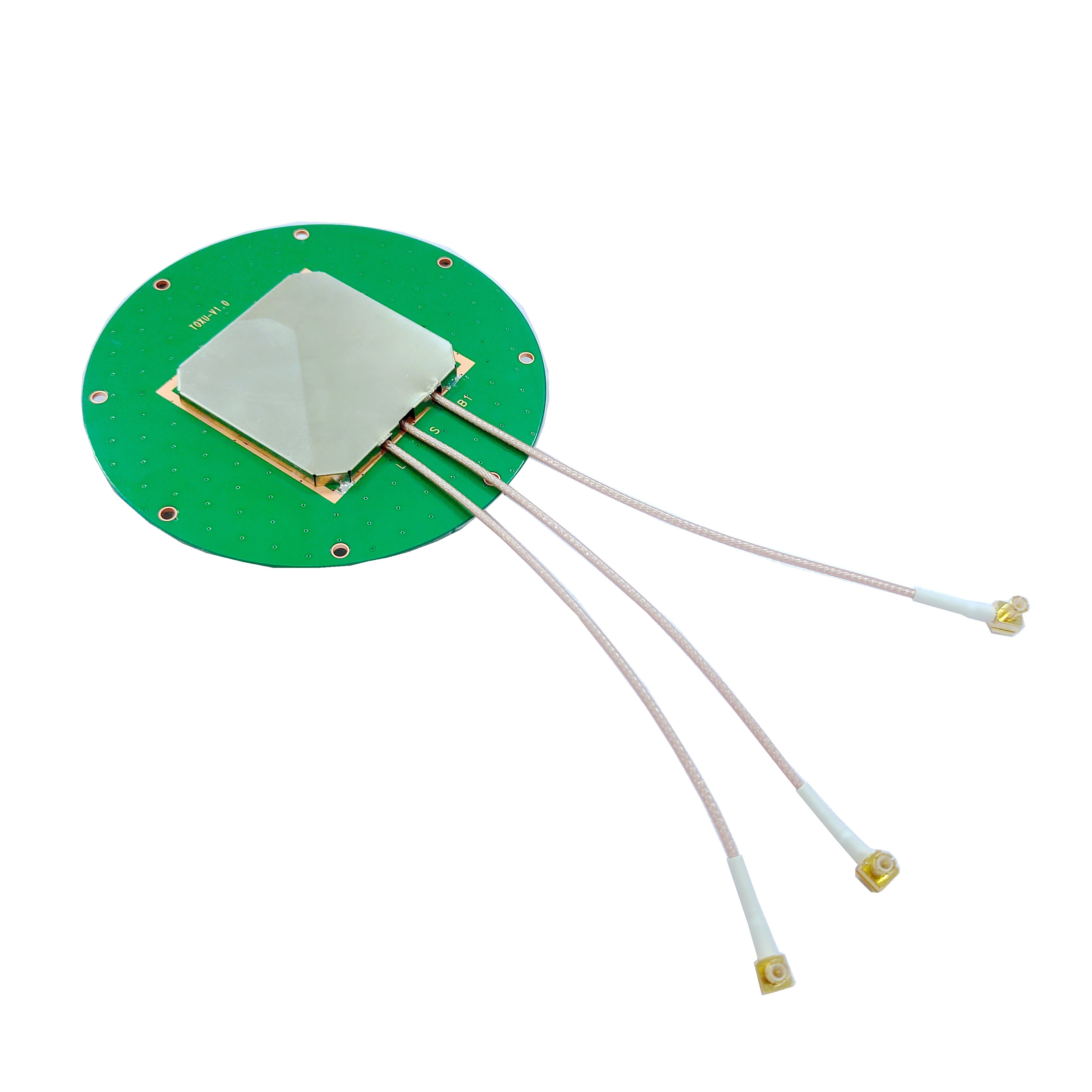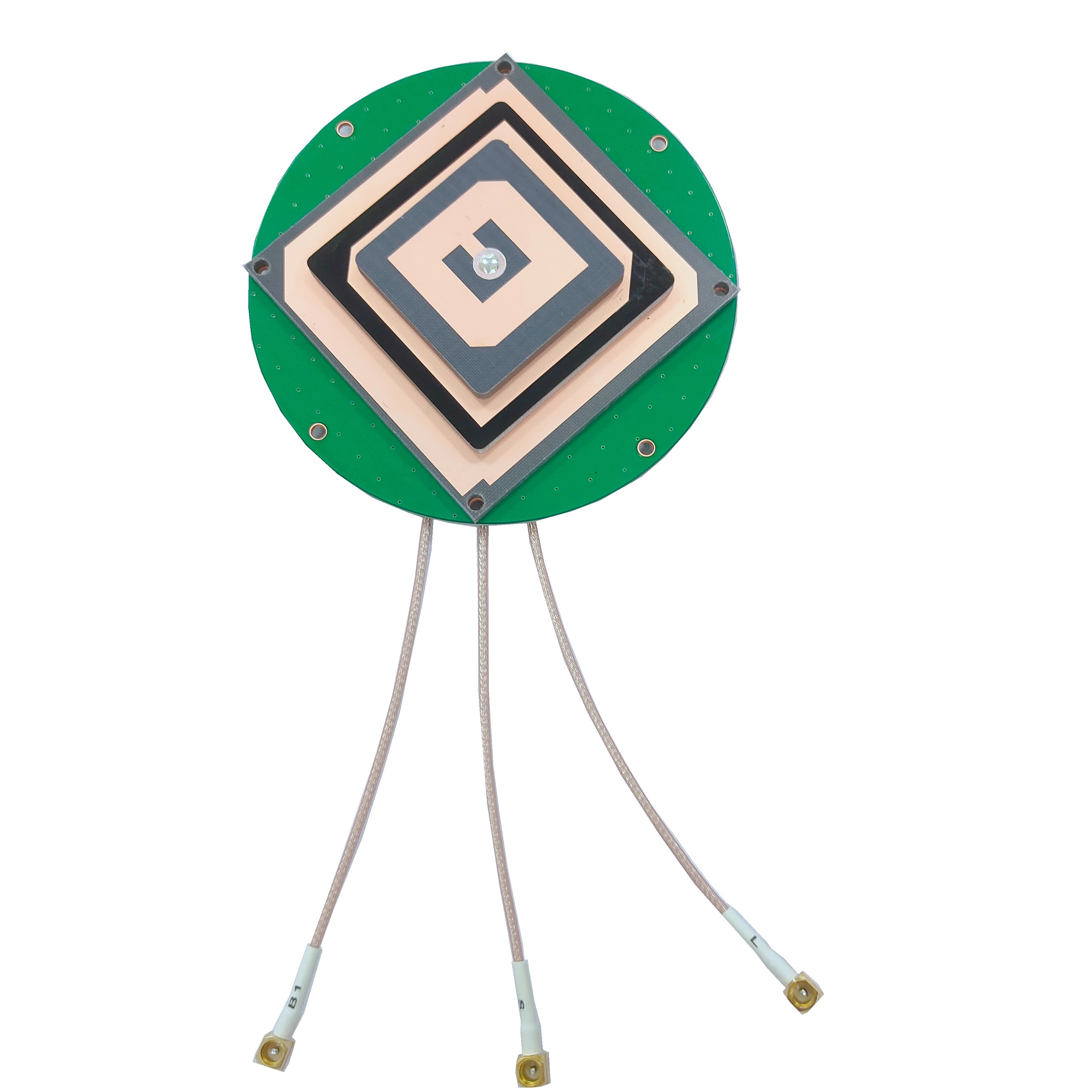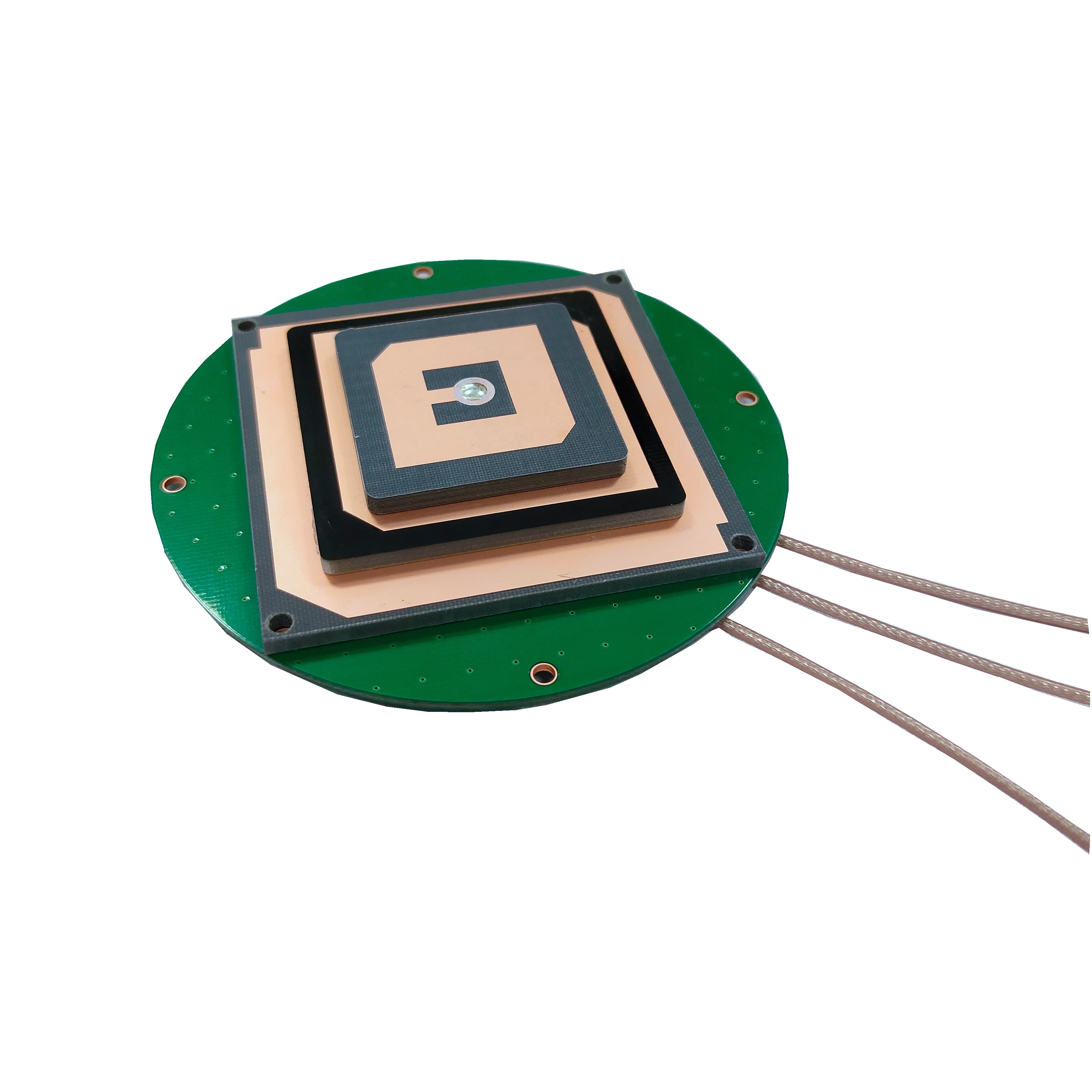The applications of portable GNSS survey antennas are vast and growing, permeating every industry that requires precise knowledge of location on Earth. Simultaneously, the technology continues to evolve, driven by new satellite signals and emerging user needs.
Applications:
Classical Surveying and Mapping: This remains the core application. Surveyors use these antennas for cadastral mapping (property boundaries), topographic surveys, construction staking, and engineering projects for roads, bridges, and tunnels. They enable rapid and highly accurate data collection.
Construction and Machine Control: They are used to establish accurate project control networks. Furthermore, they are mounted on earthmoving equipment (bulldozers, graders, excavators) in systems that use RTK to guide blades and buckets to the exact design grade in real-time, drastically reducing rework and saving time and fuel.
Precision Agriculture: Farmers use GNSS rovers for soil sampling, yield mapping, and guiding tractors for planting, spraying, and fertilizing. This allows for variable-rate application (VRA), applying inputs only where needed, which increases yields, reduces costs, and minimizes environmental impact.
Scientific Research: Geologists use them to monitor tectonic plate motion and volcanic deformation. Glaciologists track the movement and thinning of ice sheets. Environmental scientists map erosion, wetland boundaries, and wildlife habitats. The stability and accuracy are key for long-term monitoring studies.
Unmanned Aerial Vehicles (UAVs / Drones): A portable antenna is a key component of a PPK/RTK-enabled drone. It provides the precise positioning needed for the drone to fly accurate survey patterns and to geotag aerial imagery without the need for numerous ground control points, streamlining the photogrammetry process for creating high-accuracy orthomosaics and 3D models.
Autonomous Vehicles and Robotics: While still emerging, the high-precision positioning provided by these antennas is a foundational technology for the development and testing of autonomous vehicles for farming, mining, and eventually public roads, as well as for mobile robots in logistics and industry.
Asset Management and Utilities: For mapping underground utilities, cell tower locations, and other critical infrastructure, ensuring that records are accurate and tied to a precise geographic coordinate system.
Future Trends:
Multi-Frequency, Multi-Constellation as Standard: The trend is towards antennas that natively and optimally support all current and planned signals: GPS L1C, L2C, L5; Galileo E1, E5a, E5b, E6; BeiDou B1, B2, B3; GLONASS L1, L2, L3. This will further improve availability, speed of integer ambiguity resolution, and robustness.
Integrated Inertial Navigation Systems (INS): We are seeing the emergence of antennas with built-in Inertial Measurement Units (IMUs—gyroscopes and accelerometers). This deep integration creates a single, tightly coupled navigation solution that provides continuous positioning even during short GNSS outages (e.g., under bridges or in tunnels), which is critical for mobile mapping and autonomous systems.
Enhanced Multipath Mitigation: Research continues into even more effective multipath mitigation techniques, including advanced adaptive filtering within the antenna's electronics and more sophisticated choke ring and ground plane designs using metamaterials.
Resilience to Interference and Jamming: As the RF environment becomes noisier, future antennas will incorporate more advanced adaptive null-steering capabilities to automatically identify and nullify sources of jamming or interference, a critical need for safety-critical applications.
Miniaturization and Reduced Power Consumption: The drive for smaller, lighter, and more power-efficient designs will continue, especially for integration into drones, wearable devices, and the Internet of Things (IoT) for precision agriculture and environmental sensing.
AI-Enhanced Calibration and Operation: Artificial intelligence could be used to create dynamic, real-time phase center and multipath correction models that adapt to the immediate environment of the antenna, moving beyond static calibration models.
Low-Earth Orbit (LEO) Satellite Signal Reception: Some companies are proposing navigation from LEO satellite constellations (e.g., Starlink). Future antennas may be designed to also receive and process these signals, which could be stronger and more robust than traditional GNSS, potentially revolutionizing high-precision positioning once again.
The portable GNSS survey antenna will remain a vital sensor, evolving from a specialized geomatic tool into a core component of a wide array of automated and intelligent systems that will define the future of many industries.
Conclusion
The portable GNSS survey antenna is a masterpiece of specialized engineering that sits at the very beginning of the high-precision positioning data chain. It is far more than a simple passive receiver; it is an active, intelligent system designed for one paramount objective: the flawless acquisition of the carrier phase of GNSS signals. Its value is not in its complexity for the user, but in its ability to perform its duty with such consistency and fidelity that it becomes an invisible enabler of accuracy.
Through its sophisticated design—featuring a stable radiating element, a precise ground plane, a protective radome, and an integral low-noise amplifier—it tackles the fundamental enemies of GNSS accuracy: weak signals, multipath interference, and electronic noise. Its ability to receive multiple frequencies from multiple constellations simultaneously has transformed field operations, providing unprecedented reliability and availability of precise positioning across the globe.
While challenges remain, such as the need for precise calibration, careful setup, and managing costs, the advantages it offers are undeniable. It has been the key catalyst for efficiency gains in surveying, construction, and agriculture, and is now becoming a foundational technology for the next wave of autonomous systems and scientific discovery. As GNSS constellations continue to evolve and new signals come online, the antenna will continue to adapt, incorporating new technologies like integrated inertial navigation and advanced interference mitigation.
In conclusion, the portable GNSS survey antenna is a testament to the fact that true precision is built from the ground up—or rather, from the sky down. It ensures that the first step in the positioning process, the capture of the signal, is done with the highest possible integrity, providing the solid foundation upon which all subsequent digital processing and complex algorithms can reliably deliver centimeter-level accuracy. It is, and will remain, an indispensable tool for mapping our world and building our future.




































































 Language
Language
 En
En Cn
Cn Korean
Korean

 Home >
Home > 







 18665803017 (Macro)
18665803017 (Macro)













